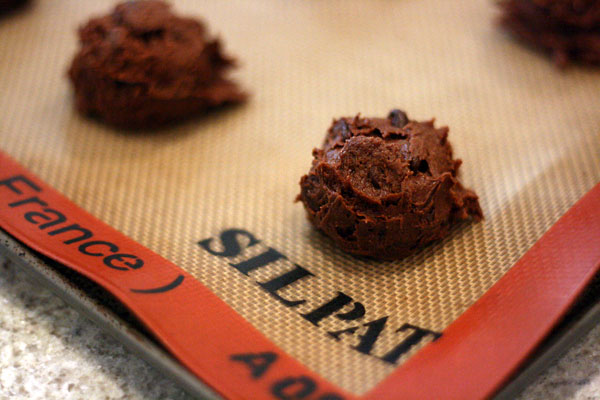What's nice about the holidays, regardless of which one or which season, is that even the non-baker, occasional baker, or cautious baker will be giving it a shot. It's everyone-in-the-kitchen time. There is a simply, pure joy that comes with holiday baking ~ along with a heartwarming kind of energy.
Holiday baking covers a wide gamut of possibilities, from cookies to breads, cakes, pies and pastries. It revs up your baking skills or makes you practice new ones. It's never just one sort of thing; instead, it is variety baking at its finest hour ~ gift giving, hosting, and dessert sampling.
Holiday baking covers a wide gamut of possibilities, from cookies to breads, cakes, pies and pastries. It revs up your baking skills or makes you practice new ones. It's never just one sort of thing; instead, it is variety baking at its finest hour ~ gift giving, hosting, and dessert sampling.
What is more appreciated than holiday baking? Is anything cozier than being in the kitchen at holiday time, the counters overrun with ingredients, recipe cards, and baking books, along with computer print-out recipes scattered about, all just waiting for you to begin?
Here are a few baking tips to keep in mind . . .
1 To start, read the recipe thoroughly. It is the difference between good baking and superlative baking. It gives you the lay of the land, and surprises and glitches are minimized.
2 Prepare all ingredients beforehand. This makes even more sense for a rushed, mulit-tasking home baker. You will be amazed at how much more success great organization brings to your efforts. In addition, reading a recipe beforehand and having ingredients ready are small musts that make the whole endeavor calming, which contributes to the final outcome.
3 Baking powder and baking soda should be as fresh as it can be. Now is a great time to replace them with fresh boxes.
2 Prepare all ingredients beforehand. This makes even more sense for a rushed, mulit-tasking home baker. You will be amazed at how much more success great organization brings to your efforts. In addition, reading a recipe beforehand and having ingredients ready are small musts that make the whole endeavor calming, which contributes to the final outcome.
3 Baking powder and baking soda should be as fresh as it can be. Now is a great time to replace them with fresh boxes.
4 Measure all ingredients carefully.
5 Fluff the flour with your measuring cup before you measure it.
6 Level off the measuring cup with a straight knife or metal spatula.
7 Use dry measures for ingredients, such as flour and sugar, and liquid measures for wet ingredients, such as milk or sour cream.
8 All baking benefits from using room temperature eggs and butter because they whip up with maximum volume. So bring butter and eggs fully to room temperature before using them to bake a cake. I leave them out of the refrigerator overnight, but they need at least two hours on the counter to come to room temperature.
9 Beat the butter, sugar, and eggs on high speed, until light and fluffy. Add the flour on low speed and, from that point on, mix the batter only as much as necessary to combine the ingredients. You don't want to develop the gluten in the flour by over-beating it.
10 Line your baking pans with parchment paper or a silpat. There's no point in baking something if you can't get it out of the pan. Like most nonstick bakeware, darker surfaces brown cakes quickly. Remedy? Place pans on baking sheets lined with parchment paper or a silpat. This helps cakes bake evenly, and the bottoms will not get scorched.
11 Vanilla is often a core ingredient and a default flavor in baking. What you want in vanilla is its purity but also a warm, resounding, full flavor. I recommend using pure vanilla.
12 In home baking, unsalted butter is queen. Nothing tastes or performs quite like this classic choice.
12 In home baking, unsalted butter is queen. Nothing tastes or performs quite like this classic choice.
13 During the holidays have extra bakeware and ingredients on hand. Double up on vanilla, sugar, flour, and butter!
14 Bake in the middle of the oven, unless otherwise specified, for the best heat circulation, and don't overcrowd the oven.
14 Bake in the middle of the oven, unless otherwise specified, for the best heat circulation, and don't overcrowd the oven.
15 Don't over-bake! When a cake recipe says to bake for 20 to 25 minutes, start checking the cake with a wooden skewer after 18 minutes.
Happy holidays . . .
and happy baking!











No comments:
Post a Comment